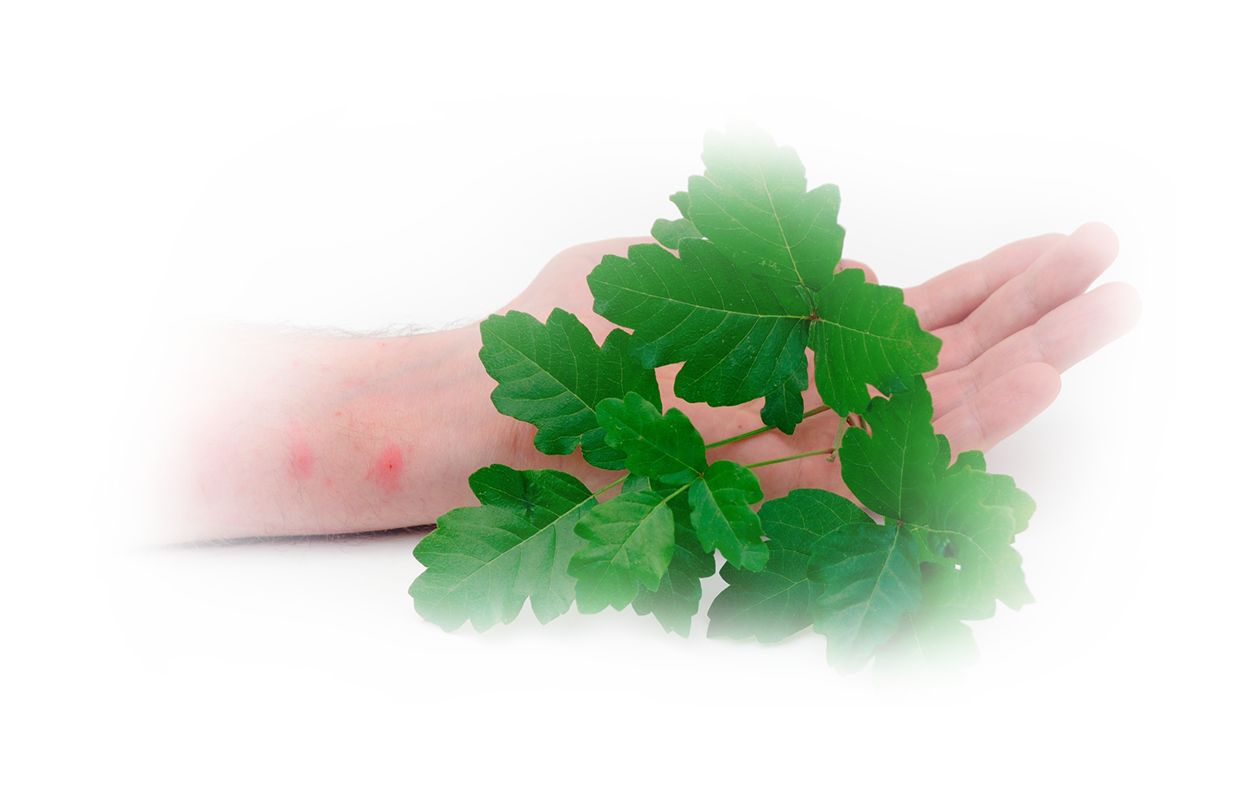Poison Ivy / Oak

In Western medicine, poison ivy is characterized as an allergic contact dermatitis induced by urushiol, an oil resin found in poison ivy, oak, and sumac plants. Clinical manifestations typically include redness, blistering, itching, and skin swelling, which may appear within 48 hours post-exposure and last up to three weeks (Journal of the American Academy of Dermatology). The condition progresses through stages of redness, itching, and rash, with symptoms peaking between days one and fourteen. Inhalation of smoke from burning plants may lead to respiratory issues.
In contrast, Traditional Chinese Medicine (TCM) interprets poison ivy as a manifestation of "damp heat in the skin," conforming to the first of the "four levels" in its pathogen invasion framework. Symptoms like body heaviness, heat, and swelling are often associated with this pattern of disharmony (Journal of Traditional Chinese Medicine). Both approaches offer nuanced perspectives, blending modern clinical understanding with traditional frameworks.

Categorieswhen you select any items page will be refresh and focus will be move out of the page
No Products Found...!
Recently Viewed Products
Feel Better. Look Better. Be Better.
Get on the list for actionable Health & Nutrition advice every week.
